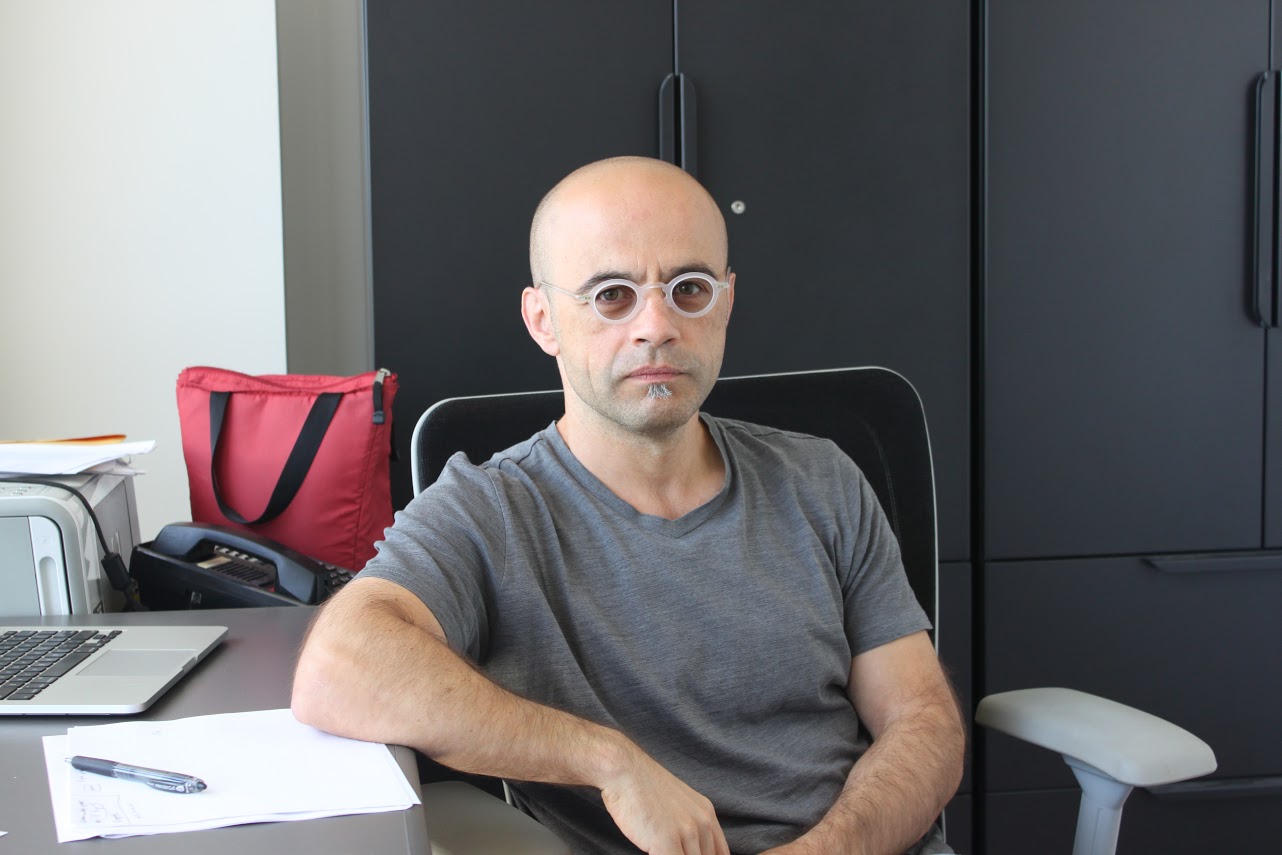
Electrical and computer engineering professor Paulo Tabuada was named the first Vijay K. Dhir endowed chair in engineering in recognition of his excellence in teaching and research in Cyber-Physical Systems, or CPS.
As technologies increasingly interface the physical world, CPS research like Tabuada’s examines the gap between software isolated from the physical world and software interacting with the physical world through sensors and actuators.
To the everyday consumer, programs execute commands instantaneously and accurately. In reality, however, there is always a delay – sensed data is always corrupted by noise and computations are always approximate. As software assimilates more into everyday life, such as in self-driving cars, it is more crucial than ever to understand how software can reliably read and respond to a situation.
Friends and colleagues of former Dean Vijay Dhir established the chairship in May 2016 to support research efforts within the Henry Samueli School of Engineering and Applied Science. Dhir served as the school’s dean for 14 years before stepping down in 2015. During that time, he cultivated an elite online master of science program, expanded the school’s physical presence, and increased support for the school’s research programs.
He also hired Tabuada 11 years ago when he first came to UCLA. Compared to the smaller institutions where he previously worked, Tabuada said UCLA students have very diverse backgrounds and interests.
“I see the chair as a constant reminder that it is always possible to go further and do better,” he added.
Tabuada’s interest in computer science began in his teenage years after his father brought home a computer from France to Portugal. Because no computer games were sold in Portugal for that computer model, Tabuada learned how to program in BASIC to code for a few games.
“In hindsight, my father’s strategy was fairly obvious,” he said. “To play computer games, I had to learn how to code!”
It was not until college that Tabuada realized he preferred to solve problems algorithmically rather than simply learning the newest programming languages. He did his PhD work on hybrid systems, a type of model describing the interaction between software and the physical world. At the time, Tabuada was concerned with modeling soccer-playing robots, but his interest has since progressed to more practical applications requiring communication and signal processing.
“Although we envision a future where we can program the physical world, we still do not understand very well what happens when such programs are executed,” Tabuada said.
Technology like cellphones are increasingly used to close feedback loops by collecting information in order to improve infrastructure and daily life. Ideally, this technology would create smart cities that function in the most efficient and effective way possible, but challenges stand in its way, particularly in regards to security and privacy.
“The more automation and autonomy pervade our cities, the easier it becomes for an attacker to disrupt its operation,” he said. “Imagine what can happen if an attacker takes control of all the traffic lights in LA, or of the dispatch system of first responders.”
Data collection also creates the need to evaluate where to strike the balance between protecting users’ privacy and acquiring the information needed to become a smart city.
Tabuada and several of his colleagues are working on the answers to these questions and with the chairship’s endowment, he plans to start a new lab called CyPhyLab.
His research so far has focused on real-time aspects of computation and communication and their impact on CPS as well as on creating software that is ‘correct-by-construction’ or, in other words, bug-free.
CyPhyLab, which is a play on “sci-fi,” will continue his experimental work on CPS, focusing initially on small self-driving ground and air vehicles. In the long run though, it will provide Tabuada and Bruins the opportunity to transform theoretical work into practical algorithms.
